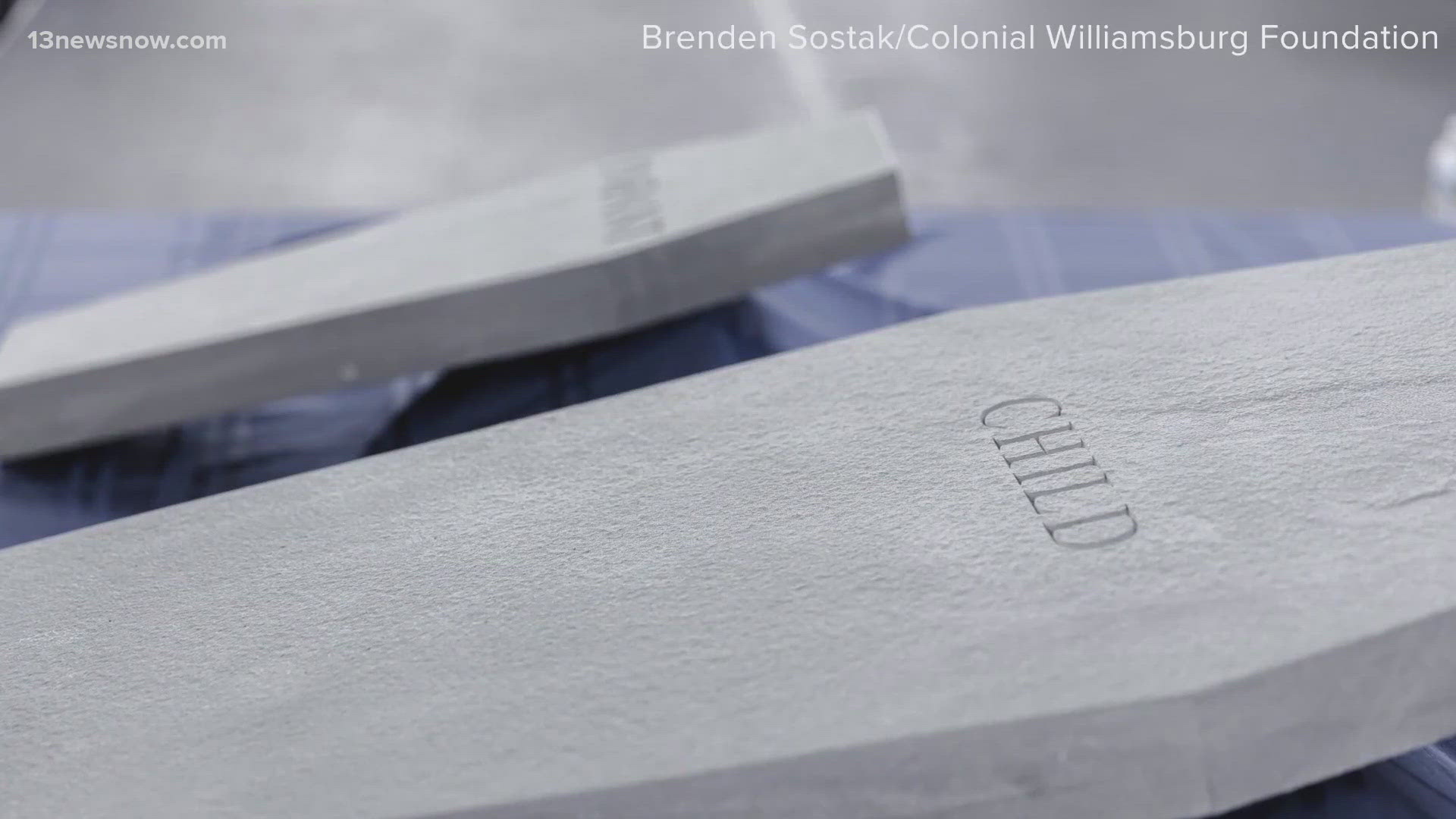WILLIAMSBURG, Va. — It is a touching moment years in the making for a community in Williamsburg.
A scientific discovery will help descendants of the historic First Baptist Church of Williamsburg to ensure their ancestors' stories are told and never forgotten.
"This is history, and this is history that cannot be erased," said Ann Canaday.
Canaday says she'll always remember the feelings she experienced last Friday.
Colonial Williamsburg and the Let Freedom Ring Foundation dedicated dozens of grave markers at the church's original site on Nassau Street. First Baptist Church of Williamsburg is one of the older known black congregations in the U.S., dating back to 1776.
"To see how they were angled in the way they were discovered, it was heartbreaking," said Canaday.
She says it's heartbreaking to know a parking lot had covered the burial sites of her ancestors for years.
Now, they are prominently displayed above ground, placed and angled in the manner archaeologists found them in the excavation, and the sizes of the granite structures reflect whether the remains belong to an infant, child, or adult.
“I think it is well overdue," said Canaday.
It's a full circle moment four years after scientists unearthed the church's original foundation, along with 62 burials. A study of DNA proved the remains are of African-American descent and members of the early congregation.
“We need to see more of this, and what else can we unveil," said Canaday.
Over the weekend, the community honored the discovery and descendants in a special gala, featuring Martin Luther King III, whose father visited the church decades ago.
"Dad would say the ultimate measure of a human being is not where one stands in time of comfort and convenience, but where one stands in time of challenge and controversy," said King III.
Canaday says she is proud to see this day come to pass, and she believes they owe it to the ancestors to tell their stories to all who listen.
"We have to speak for them," said Canaday. "They are not here for it, so we have to do it."
The original structure used by the historic church will be rebuilt and will open to the public as a museum in 2026, which will be 250 years after the church was founded.

